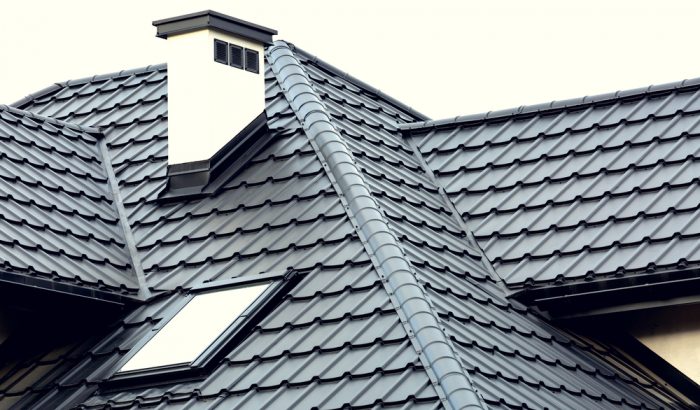A well-ventilated roof is a crucial component of a healthy home. Without proper airflow, moisture and heat can build up, leading to costly damage, reduced energy efficiency, and even structural problems. Whether you’re considering a new roof installation or looking into re-roofing construction, understanding roof ventilation can help you make informed decisions about protecting your home.
Why Roof Ventilation Matters

Proper roof ventilation is essential for maintaining the longevity of your roofing system and the overall well-being of your home. Here’s why it’s so important:
- Prevents Moisture Buildup – Without proper ventilation, moisture from daily activities like cooking, showering, and laundry can get trapped in your attic, leading to mold and mildew growth.
- Extends Roof Lifespan – Excess heat and moisture can deteriorate roofing materials prematurely, making new roof installation necessary sooner than expected.
- Improves Energy Efficiency – A well-ventilated roof helps regulate attic temperatures, reducing the strain on your HVAC system and lowering energy costs.
- Reduces Ice Dams – In colder months, improper ventilation can cause uneven roof temperatures, leading to ice dams that can damage shingles and gutters.
Signs Your Roof Ventilation Needs Improvement
If your home lacks proper ventilation, you may notice these warning signs:
- Excessive Heat in the Attic – If your attic feels like a sauna, it’s a sign that heat is not escaping properly.
- Mold or Mildew Growth – Dark spots on attic rafters or insulation indicate trapped moisture.
- Higher Energy Bills – Poor ventilation forces your HVAC system to work harder, increasing utility costs.
- Ice Dams in Winter – Ice buildup along the roof’s edge suggests uneven heating due to inadequate airflow.
- Curling or Warping Shingles – Heat and moisture can cause roofing materials to deteriorate faster.
How to Ensure Proper Roof Ventilation

If you’re investing in a new roof installation or considering re-roofing construction, be sure to prioritize ventilation. Here’s how:
- Install Ridge Vents and Soffit Vents – Ridge vents allow warm air to escape, while soffit vents bring in fresh air, creating continuous airflow.
- Ensure Proper Attic Insulation – A well-insulated attic prevents excessive heat from rising and causing moisture buildup.
- Use Gable Vents or Roof Louvers – These options can enhance ventilation in homes where ridge vents aren’t an option.
- Schedule a Professional Inspection – If you suspect ventilation issues, a roofing expert can assess your home and recommend solutions.
Upgrade Your Roof with Expert Help
Proper ventilation is key to a durable, energy-efficient roof. Whether you’re planning a new roof installation or exploring re-roofing construction, ensuring proper airflow will protect your investment and keep your home comfortable year-round. Contact us today for a consultation and let’s make sure your roof is built to last!

